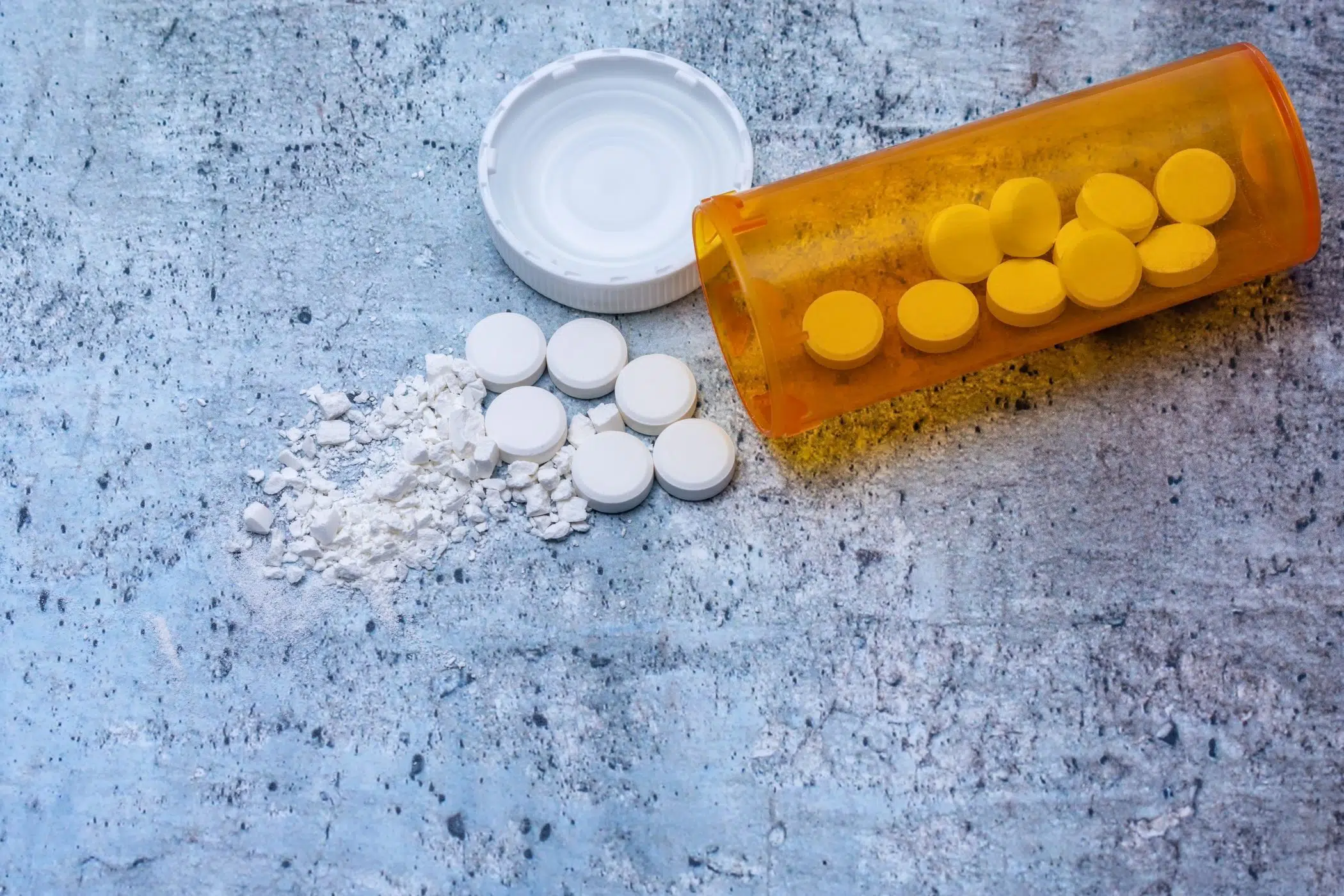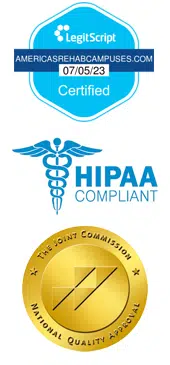 Vicodin and oxycodone are powerful painkillers available only through a prescription. Both drugs are used to help treat temporary or chronic pain and are considered semi-synthetic opioids. As such, they share similar chemical compositions and are often combined with other pain medications such as ibuprofen.
Vicodin and oxycodone are powerful painkillers available only through a prescription. Both drugs are used to help treat temporary or chronic pain and are considered semi-synthetic opioids. As such, they share similar chemical compositions and are often combined with other pain medications such as ibuprofen.
Comparing the Side Effects of Vicodin and Oxycodone
As with most medications, the side effects of both Vicodin and oxycodone are easily managed and cause little to no discomfort when taken as directed. The concerns come when individuals begin to abuse the drugs and use them in excess.
The side effects that arise from abusing these drugs can be severe and even life-threatening. Vicodin and oxycodone share similar side effects including:
- mood swings
- headaches and migraines
- insomnia
- drowsiness
- stomach aches and pain
- shaking and tremors
The more intense side effects from heavy abuse may include:
- decreased libido
- low blood pressure
- nausea and vomiting
- seizures
- shallow breathing and respiratory depression
- chest pains
- irregular heartbeat
- heart failure
- erectile dysfunction
- dizziness
Effectiveness of Vicodin vs. Oxycodone for Treating Pain
Due to their similar compositions, both Vicodin and oxycodone are extremely effective at managing chronic pain. The common side effects are also shared though constipation can be more common for those taking Vicodin compared to those taking oxycodone.
One key difference between the two is that Vicodin is less potent than oxycodone so they shouldn’t be used interchangeably at the same dosage. Any dosing recommendations should come directly from the prescribing doctor. Oxycodone often comes combined with acetaminophen which carries its own set of side effects when abused in large amounts.
Risk of Vicodin and Oxycodone Abuse or Addiction
Being part of the opioid family of drugs, both Vicodin and oxycodone have extremely high risk for abuse leading into addiction. This is true even if taken as prescribed as chemical dependencies can develop over time when used for chronic pain.
Addiction to these drugs can be equated to other commonly abused substances such as heroin and alcohol as they all increase dopamine in the brain. Dopamine contributes to feelings of pleasure so illicit use of Vicodin and oxycodone is often done to chase these feelings.
Opioids also carry a high chance for a fatal overdose. As these drugs are abused, the body adjusts to the presence of each substance and a tolerance develops. This makes the user need higher quantities of the drug in order to achieve the same effects they previously had.
Not only does the quantity increase but the frequency of doses can as well. High quantities of Vicodin and oxycodone can lead to extremely slowed breathing which reduces the availability of oxygen to be delivered to the brain. Signs of a Vicodin or oxycodone overdose may include:
- extreme drowsiness
- weakened muscles
- changes in pupil size
- shallow or difficult breathing
- cold sweats and clammy skin
If these signs are seen personally or in someone else using Vicodin or oxycodone, it’s crucial to contact emergency services immediately in order to avoid a fatal overdose.
How to Safely Detox From Vicodin and Oxycodone
As an individual consumes more Vicodin or oxycodone, their tolerance requires more of the substance and dependencies form. What this means is that the brain and body have adjusted how they function based on how much of each drug is present in the body.
When the drug is no longer being taken, the central nervous system will go into a sort of panic attempting to figure out how to function normally again. What happens to the body next are what’s known as withdrawal symptoms. For Vicodin and oxycodone, these can include:
- anxiety
- insomnia
- profuse sweating
- fever
- muscle aches and pain
- nausea or vomiting
- flu-like symptoms such as a runny nose and congestion
Due to how rapidly dependence and addiction can form with these drugs, it’s highly recommended to undergo medical detox at a treatment facility. Supervised by medical staff, formal detox creates a safer and more comfortable experience with medications administered to help combat withdrawal symptoms. It also reduces the chance of relapsing due to being unable to handle the symptoms.
Seeking Treatment for Vicodin and Oxycodone Addiction
Even with the slight differences between the two, Vicodin and oxycodone can both cause permanent damage to the brain or body when abused. Anyone struggling with abuse or addiction to these drugs should seek addiction recovery treatment as soon as possible. Not only does this help safely get off of Vicodin or oxycodone but it equips individuals with the tools needed to stay sober in the future.
The team here at America’s Rehab Campuses strongly encourages anyone dealing with opioid addiction themselves or in a loved one to contact us immediately. We’re here to answer any questions in a confidential, no-obligation manner. Our goal is lifelong sobriety for each of our clients so don’t hesitate to take the first step.

